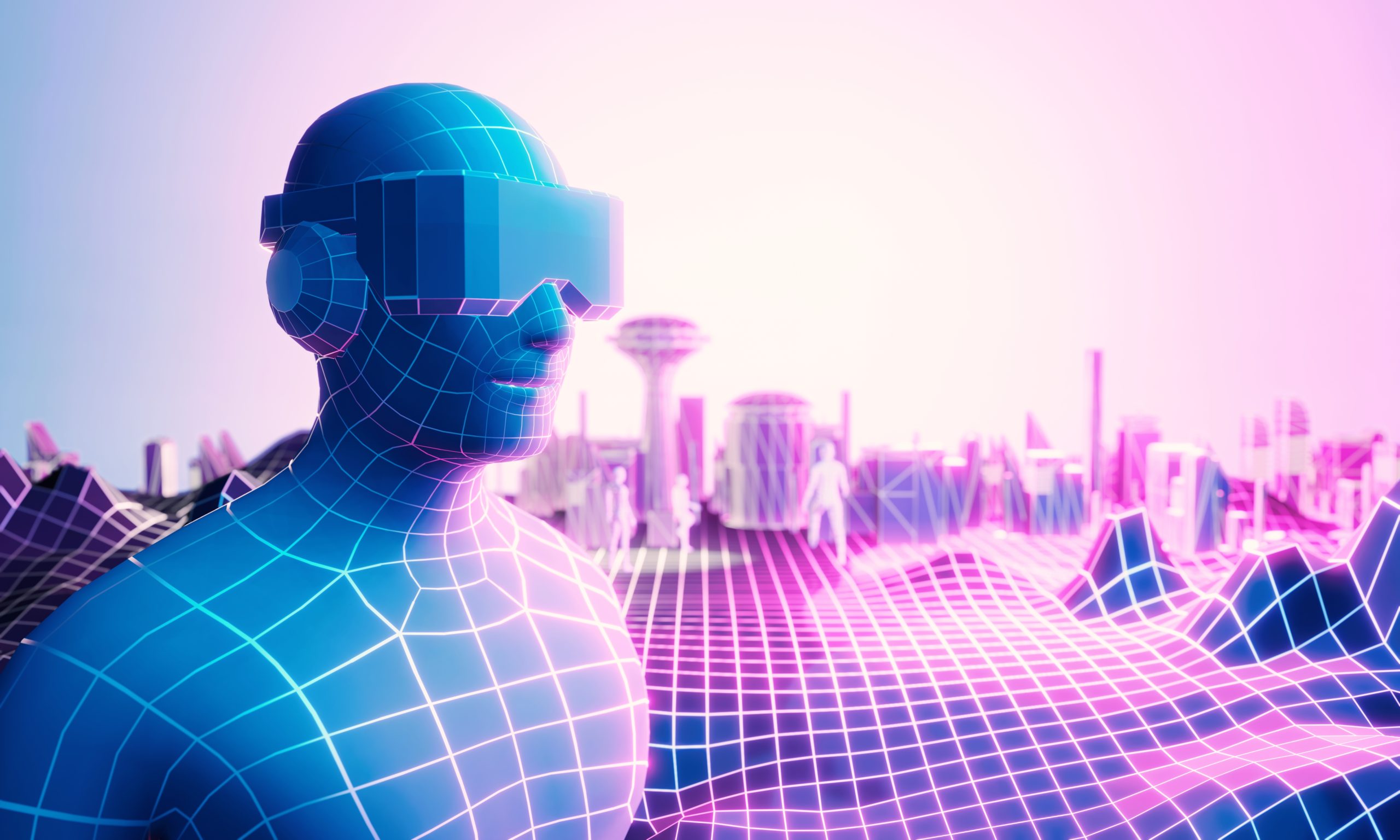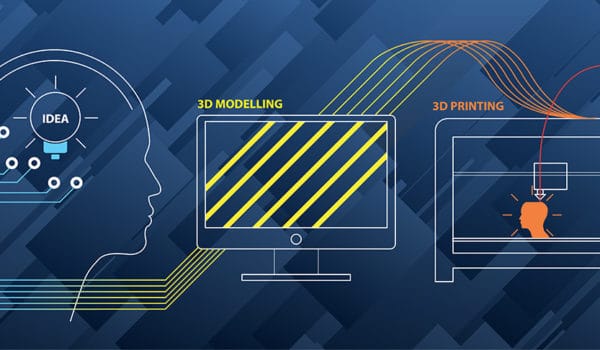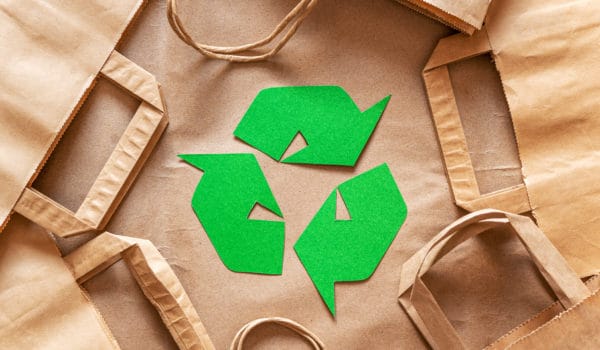We all know that we are the human species and that our experience is made up of a series of actions, thoughts, and collective collaborations. The human experience is slightly […]
We all know that we are the human species and that our experience is made up of a series of actions, thoughts, and collective collaborations. The human experience is slightly more complex. Every day, we humans are focused on making a million small decisions, and the number of choices related to digital solutions has increased exponentially over the last 20 years. As a result of several waves of technological innovation, our work, family, and social lives have changed dramatically. As a result of being so entangled with the digital experience, the human experience has changed. This is not to claim that everyone has a digital experience; rather, it is important to recognize the existence of the digital gap and the fact that many people lack access to the internet. Regardless of whether you use the internet or not, access to digital tools and the lack thereof have an impact on our life as a whole. For the majority of businesses, defining and quantifying this experience will help them better comprehend a variety of issues, such as how to access driverless automobiles and the aforementioned decentralized web. All very wonderful, but if we can’t address some of the most pressing societal problems both internationally and locally, are we truly making any progress?
We can crunch numbers. But how can we move past statistics and into narratives that contextualize the human experience, including narratives of those who have and do not have access to the digital world? We as a global culture place so much emphasis on quantitative analysis that we get enamored with concepts like big data, even though the majority of big data models are completely worthless. But most of the time, we miss the depth. We should be able to resolve straightforward social concerns if we can reside in a Metaverse, use an Oculus with an avatar, and connect with others around the world, right? For the majority of businesses, defining and quantifying this experience will help them better comprehend a variety of issues, such as how to access driverless automobiles and the aforementioned decentralized web. All very exciting, but are we being inventive if we can’t address some of the most pressing societal concerns both locally and globally? When it comes to numbers, we can crunch them. But how can we progress from numbers to stories that contextualize the human experience – stories of people with and without access to the digital realm. As a global society, we focus so much on quantitative analysis that our ideas and our excitement get obsessed with things like big data, even though most big data models are completely ineffective. But the depth is what we’re truly missing most of the time. If we can have a world where we can exist inside of a Metaverse, an Oculus with an avatar, and communicate with people across the globe, well then we should be able to solve simple social issues.
To accomplish innovation for the human experience, we must adopt a paradigm-shifting mindset. Asking what is currently impractical but, if accomplished, would substantially improve our lives would lead to breakthroughs. Menstrual pads or a roll of toilet paper are two excellent examples of how all of this might come together. Imagine a society in which old goods are more valuable than brand-new ones. Imagine if we had access to the biomaterials and data contained in these goods while maintaining the highest standards of data security and bioethics. What if your panty liner could communicate information about ovulation, pregnancy, a urinary tract infection, or a sexually transmitted disease to a smartphone, or if your toilet paper could alert you to the presence of colon cancer? Products could be given away for free if a used item is more valuable than a new one. Everybody who needs period products would have access to them, enabling them to attend school, gain self-confidence, realize their potential, and support the cause of gender equality. What if the products were not only free but could also generate revenue for their users by allowing them to sell their bio-data or bio-materials to pharmaceutical companies to cure diseases? Imagine if this information and these materials could be used to raise funds to advance medical science and improve human health. Eventually, if a used product is more valuable than a new product, there is a greater incentive to recycle, which fuels the circular economy and aids in the reduction of global warming. This type of human-centered innovation will enable us to apply exponential technologies and new business models to everyday products to solve problems such as ending poverty, improving human health, mitigating climate change, and achieving gender equality.
Photo: Trichaiwat/Shutterstock
You might also like:
Support us!
All your donations will be used to pay the magazine’s journalists and to support the ongoing costs of maintaining the site.
Share this post
Interested in co-operating with us?
We are open to co-operation from writers and businesses alike. You can reach us on our email at cooperations@youthtimemag.com/magazine@youthtimemag.com and we will get back to you as quick as we can.










